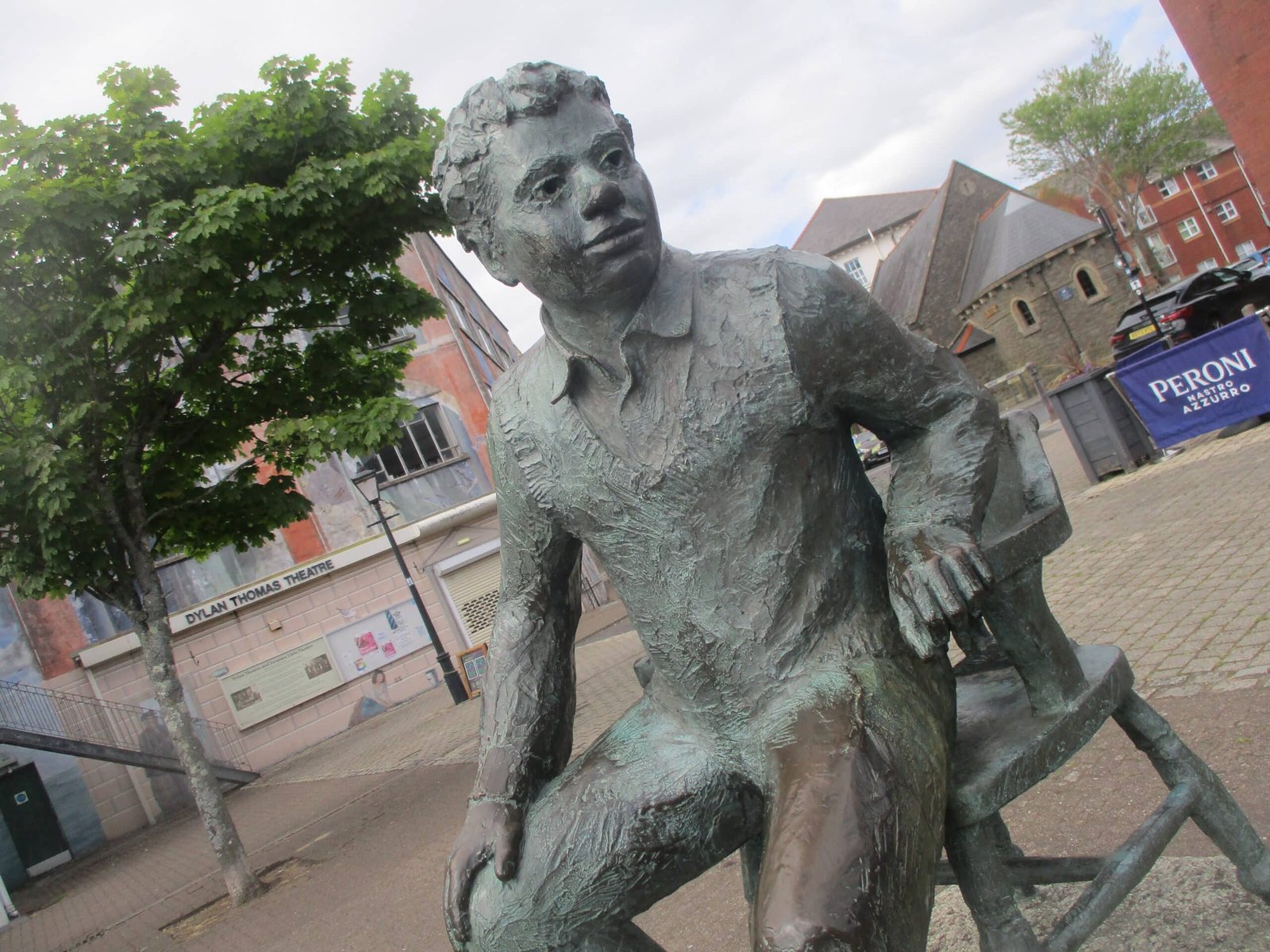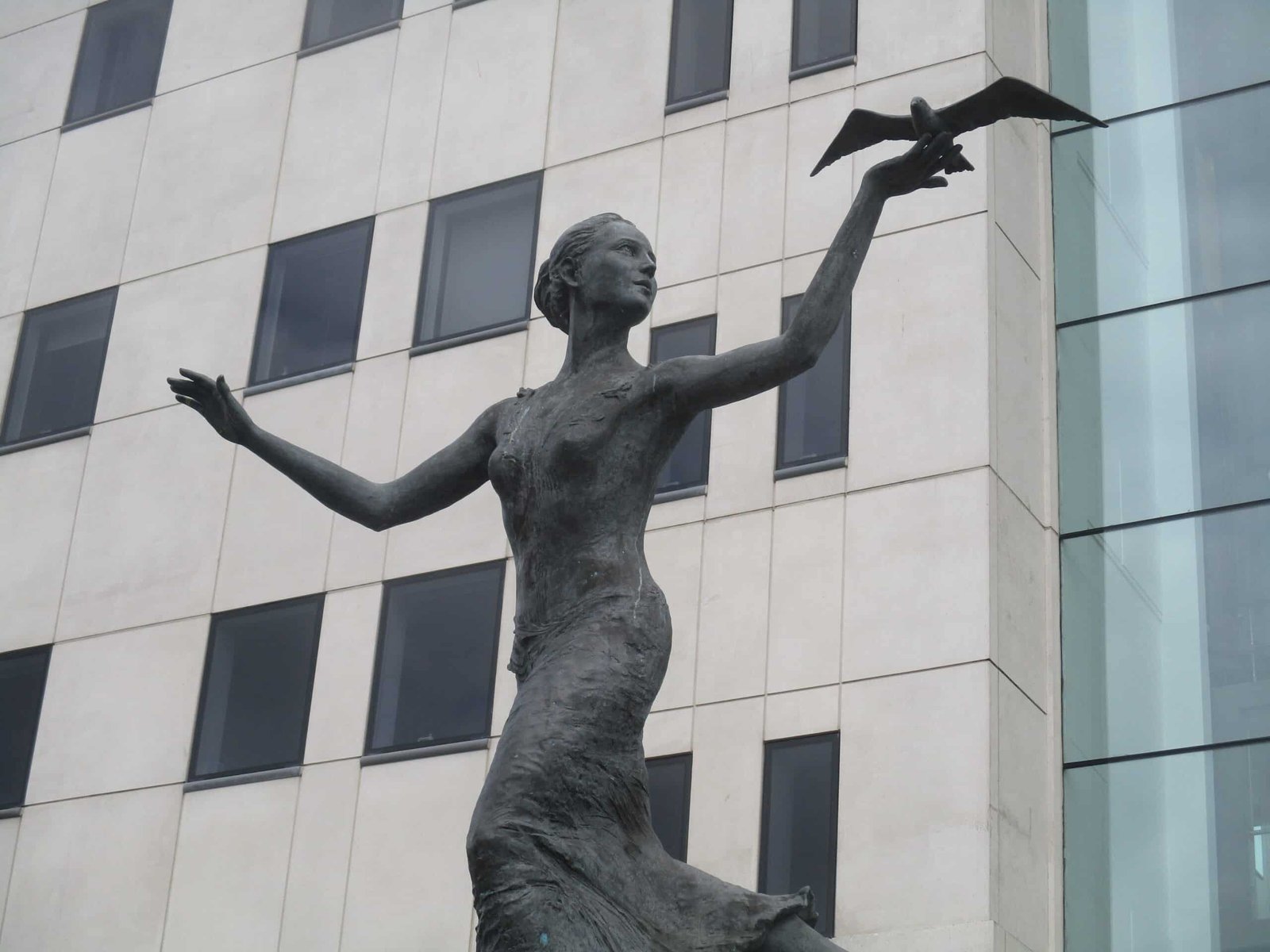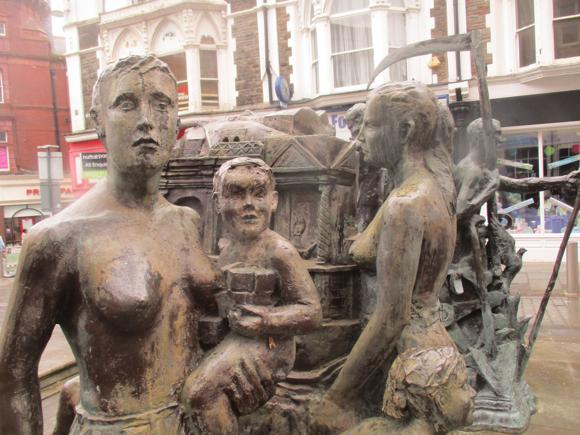Teams, tales and tips – a guide to the local game
For seven seasons, football held the limelight in rugby stronghold Swansea. After nearly going out of business, Swansea City were in the Premier League. The club won major silverware in 2013 and its new-build arena welcomed the likes of Valencia and Napoli in a Europa League run. A revived Wales were playing qualifying matches at Swansea’s new-build arena, the Liberty Stadium, near the River Tawe.
Moreover, this was a success story engineered by fans. As their beloved club hit rock bottom, the Swansea City Supporters Trust was founded, to save Swansea from ruin and ignominy. The Trust became shareholders. Their story, unique in the domestic game, has been told in book (From Graveyard to Ambition) and film (Jack to a King) format.
And then, slowly, it all went downhill. A consistently poor choice of managers and a majority takeover by absentee American owners led to relegation in 2018. Today, the trust holds a stake of just under 7% in Swansea City after a new US/UK ownership group took over in 2024, making headlines when Real Madrid legend Luka Modrić and rap star Snoop Dogg came on board.
The club, meanwhile, still needs to extricate itself from a tough Championship division. For two consecutive play-offs in 2020 and 2021, Brentford proved too strong.
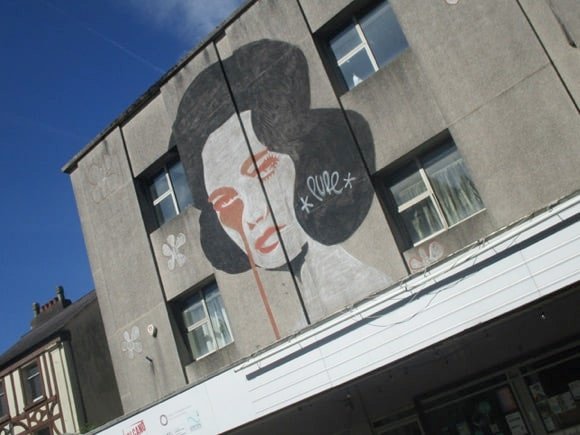
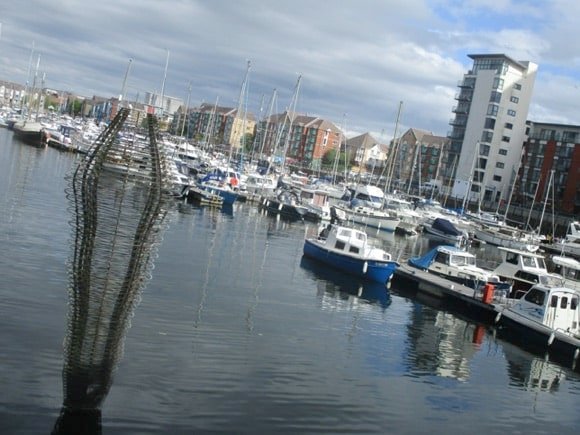

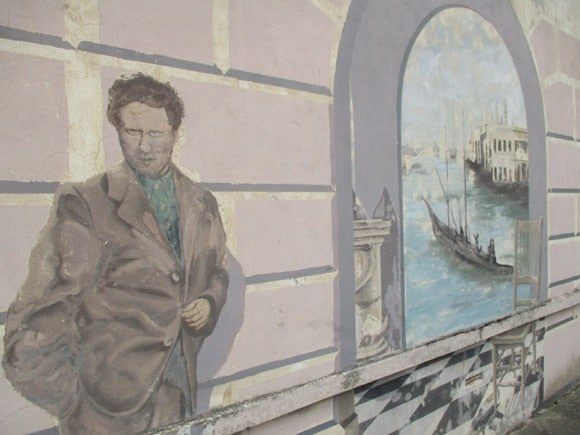
Compared with 2002, however, picture is not so bleak. A mismanaged club and its debts were being passed from pillar to post as successive unsuitable managers failed to raise the Swans from the lowest rung of the league ladder.
A year later, manager Brian Flynn saved Swansea from falling out of the league altogether, a home win over Hull City sending Exeter City to the Football Conference on the last day of the season. The Exeter vice-chairman was Mike Lewis, former managing director of Swansea whom the Trust had opposed the year before in their successful bid to save their club.
The next step was to abandon the Vetch Field, a vegetable patch close to the beach where the original Swansea Town had moved shortly after being founded in 1912. Rugby had long taken root in South Wales, and football was a relatively late developer.
Back in the 1920s, fans were packing its Centre Stand as Wales began to stage full internationals here and Swansea embarked on a number of cup runs. After making the semi-final in 1926, Swansea lost to Reading in the quarter-final of 1927, missing out on a potential semi-final with eventual winners Cardiff.
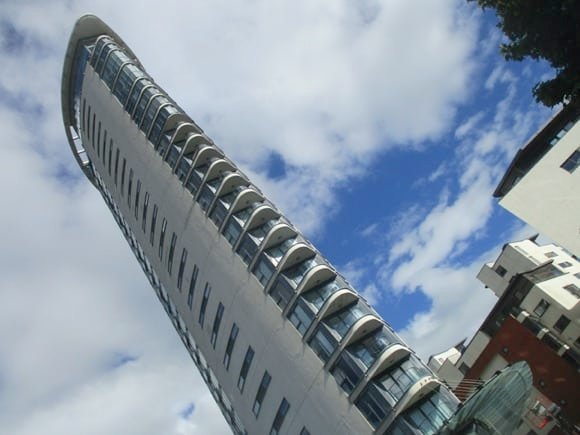

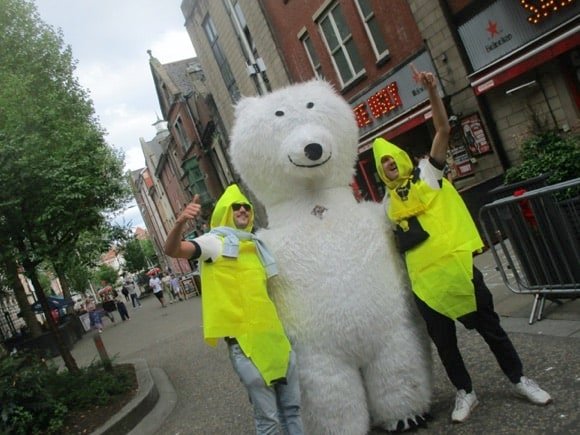
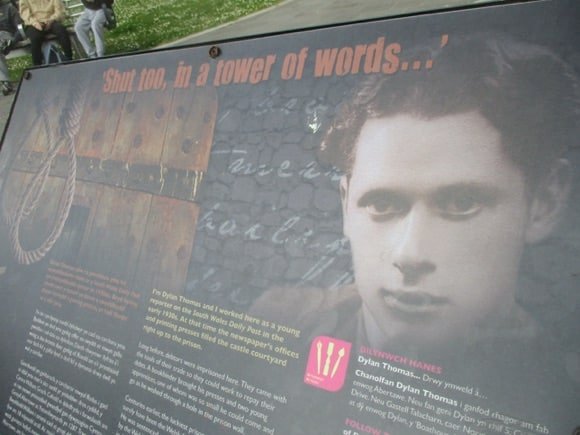
With each club yo-yoing between divisions, the South Wales derby took place relatively rarely, the first league one coming in 1929.
On New Year’s Day 1980, Swansea player-manager and Cardiff icon John Toshack scored against his old club at the Vetch Field, another step in his new club’s dramatic rise up the divisions. A year later, just as derby day violence was spiralling out of control, Swansea made the top flight for the first time, setting it alight for most of that autumn and winter.
The descent, from a fleeting first place to relegation the following season, and further down, was equally swift.
After the salvation of 2003, Swansea moved to the new Liberty Stadium two years later. Bits of the Vetch Field ground are still kept as souvenirs in attics all over South Wales. The land around it is being used once more for vegetable allotments.



On the new pitch, Swansea were first transformed under Roberto Martínez, then Brendan Rodgers and then the progressive, cosmopolitan Michael Laudrup. The Dane didn’t stay – but his former charges remained a feisty Premier League proposition under Garry Monk.
Managers have since come and gone, Bob Bradley the first American to coach in the Premier. Some may point to the choice of Francesco Guidolin over the possibility of rehiring Rodgers in 2016 as the turning point.
Despite significant improvement under Steve Cooper, Swansea fell at the final play-off hurdle in 2021, and one stage before in 2020. It may be some time before fans see a return to the exciting football that swept Swansea to the top and forced rugby out of the local limelight.
Getting Around
Arriving in town and local transport
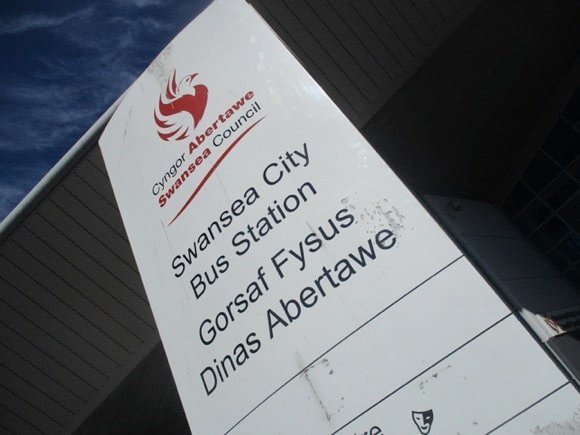


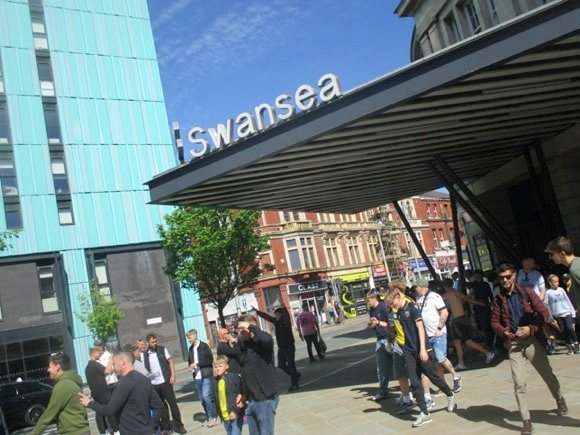
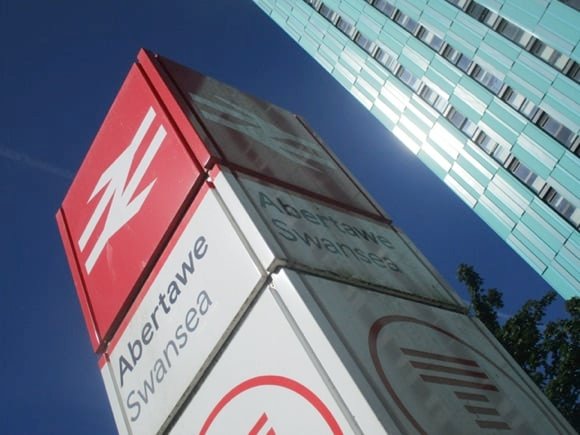
The nearest airport to Swansea is underused Cardiff 67km (42 miles) away. It has its own Rhoose Cardiff International Airport station, linked by shuttle bus (£1) every hour (every 2hrs Sun) with the terminal. From there, an hourly train runs to Cardiff Central station (Sun every 2hrs, 30min journey time, £6). The T9 bus runs direct from the terminal every 20-30mins to Canal Street JF, the other side of the Marriott hotel from Cardiff Central (£5/£8 return, pay on board, journey time 40mins).
A frequent train from Cardiff Central to Swansea (£15) takes 50mins-1hr. The less regular National Express bus from Cardiff coach station in Sophia Gardens to Swansea (£6) takes over 1hr.
Swansea firm Yellow Cabs (01792 700 400) charges £95 from Cardiff Airport.
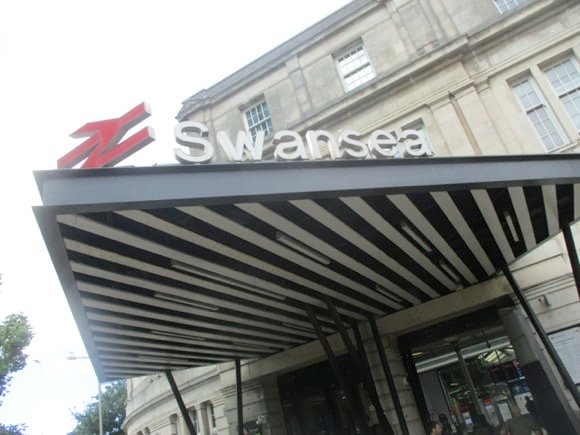
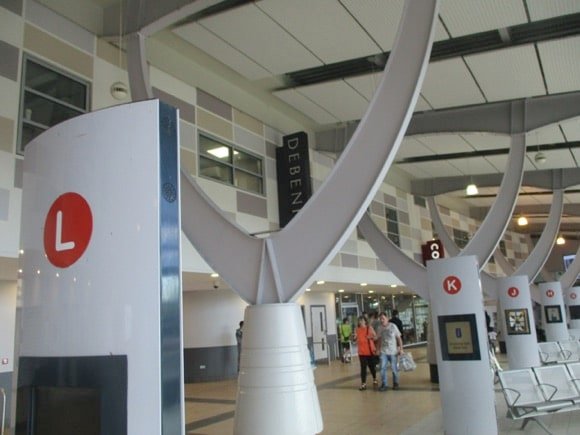
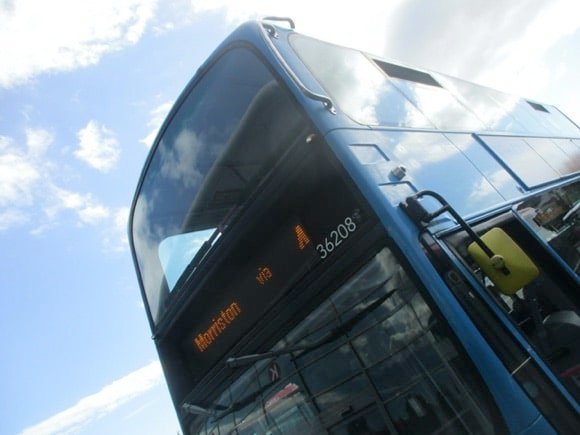
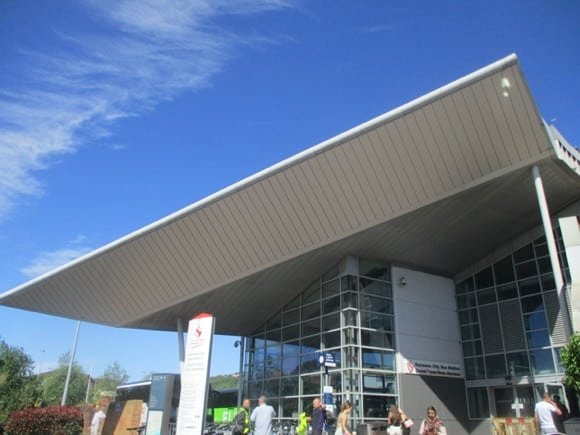
With far more international connections, Bristol Airport is 137km (85 miles) away. A National Express bus from Bristol coach station to Swansea (£10-£11 online ,every 2-3hrs) takes 2hrs 30mins.
An hourly direct train to Swansea from London Paddington (£50) takes 2hrs 45mins. Services from Birmingham New Street (£80) require 1 change at Bristol Parkway, overall journey time 3hrs-3hrs 30mins. Direct from Manchester Piccadilly, it’s 4hrs direct at a cost of around £110.
Adding a Swansea PlusBus fare (£3) to your ticket allows you to use local bus services for the rest of the day, provided by FirstCymru, NAT bus and South Wales Transport.
Swansea train station is north of town, the Swansea.com Stadium even further north in Landore, too far to walk. The coach station is on the south side of the city centre, towards the waterfront. FirstCymru buses accept contactless payments and have different prices for regular routes and Cymru Clipper services, both of which run to the stadium.
Where to Drink
The best pubs and bars for football fans
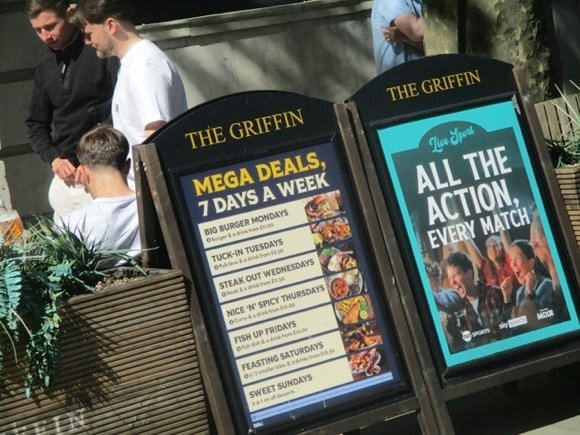
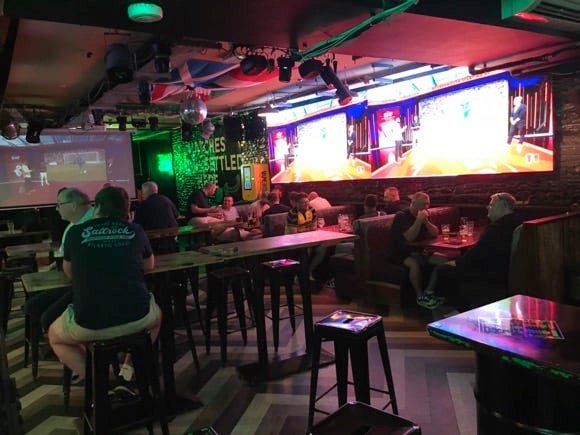
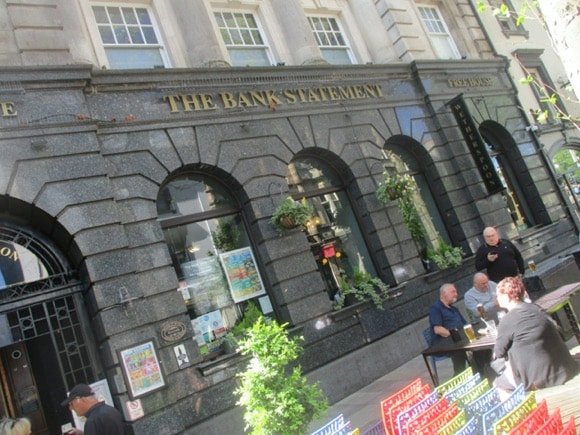
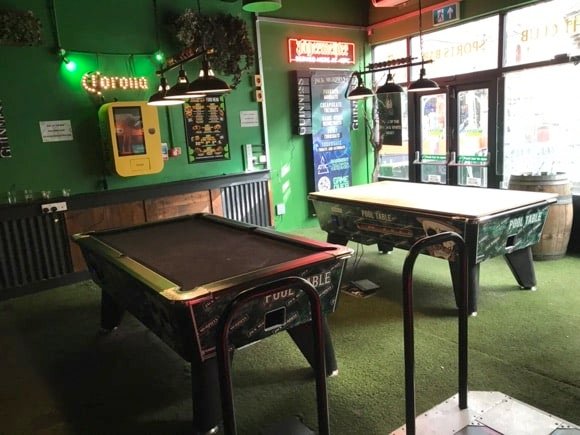
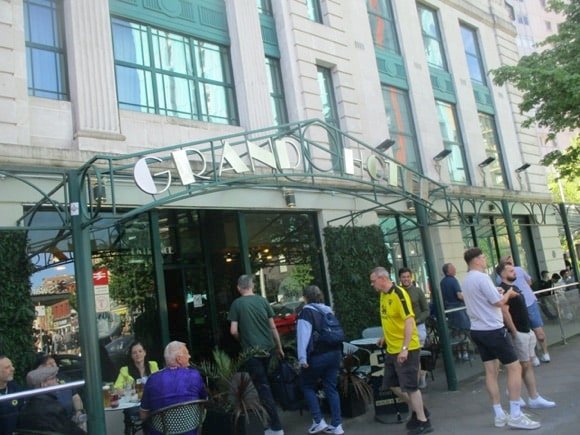
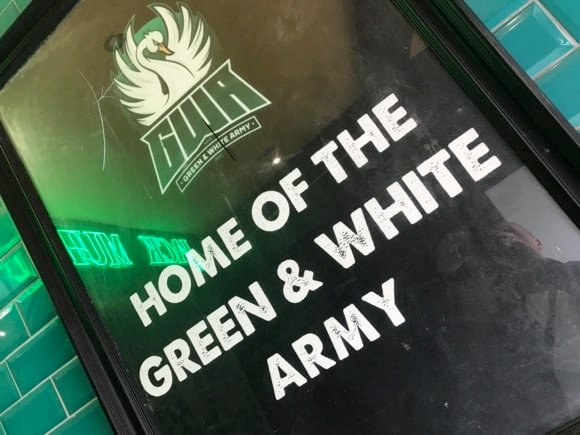
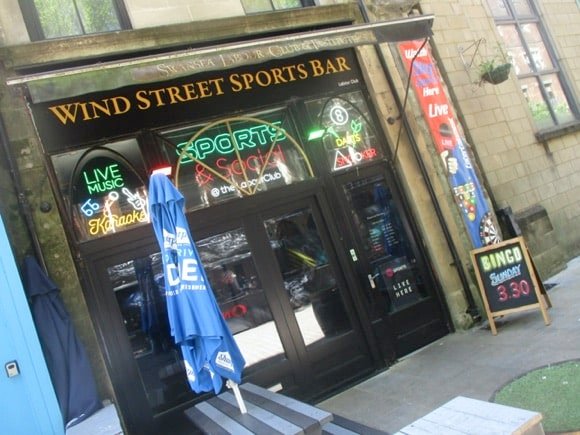

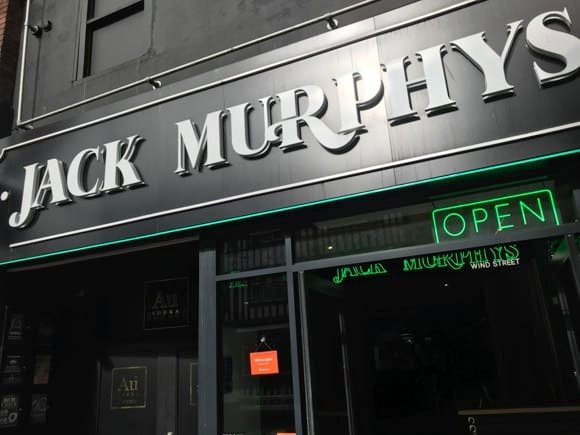
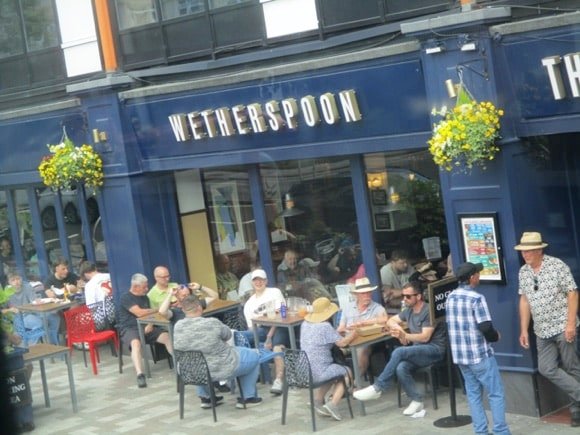
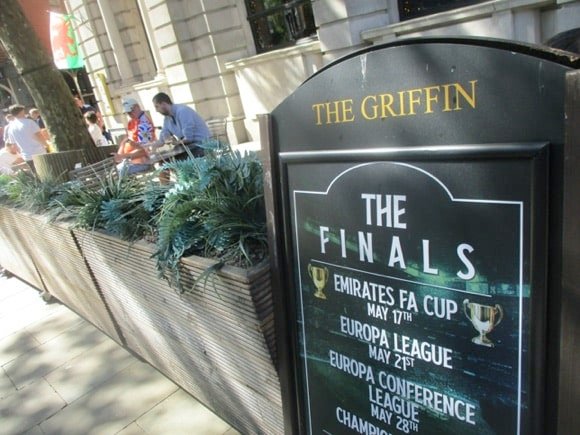
Swansea has two main bar hubs: downtown Wind Street and the waterfront Maritime Quarter. Before you reach either, slap opposite the train station, the Grand Hotel contains a sports bar that shows Swansea games live, with free nibbles at half-time.
A ten-minute walk along the High Street from the station, bar-lined Wind Street is where chains like the Bank Statement (No.57-58) and smaller spots like the Wind Street Sports Bar rub shoulders with independent drinking spots such as The Griffin, with its three giant screens and nine 50-inch TVs for sport.
Its large terrace overlooking the crowds of Wind Street, Jack Murphys offers all kinds of drinks promotions, live music and match action. A huge mural of local rugby hero Alun Wyn Jones replaces the Walkabout logos of yore.
There’s another Wetherspoons on the Kingsway nearby, The Potters Wheel, with a busy pavement terrace.
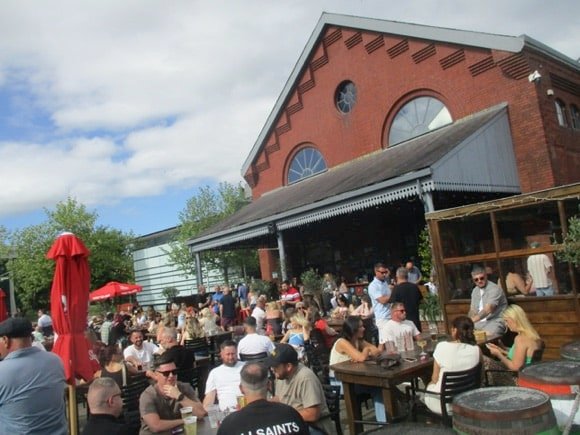
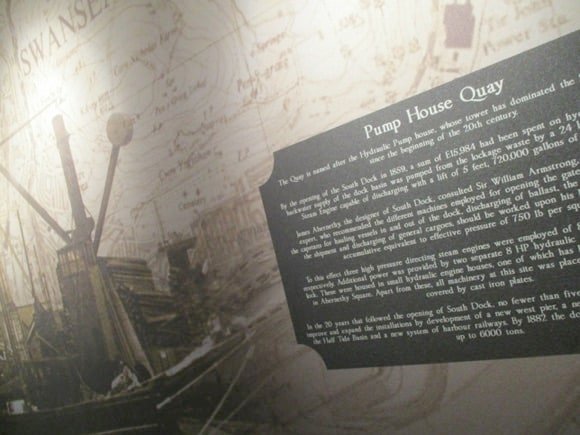

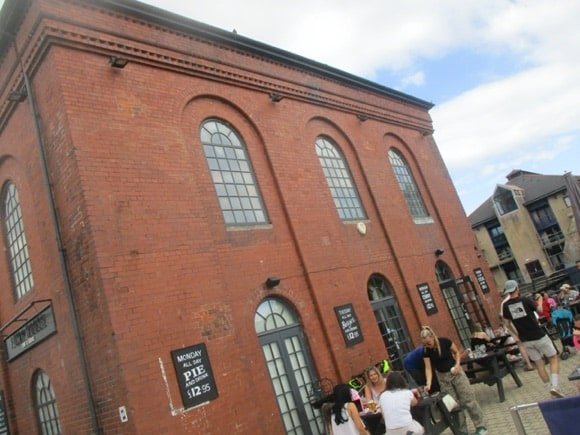
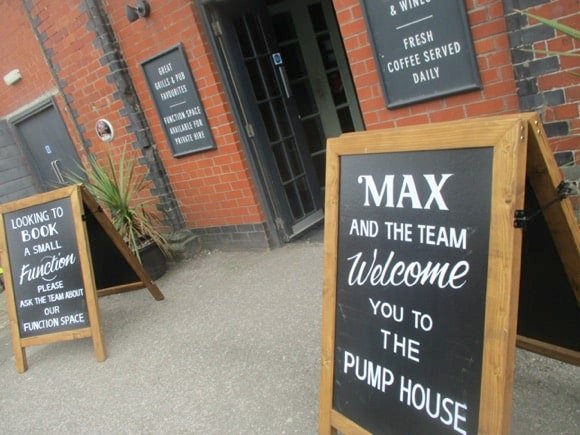
A ten-minute walk from Wind Street, the Maritime Quarter attracts a slightly older crowd happy to enjoy a few drinks with waterfront views.
Typical of the genre, The Swigg combines terrace bar, street-food kitchen and live-music venue. Further round, The Pump House fills a large historic building with a pub/restaurant, celebrating its heritage and providing a large waterside terrace. Neither venue screens matches.
Also at the water’s edge, BeerRiff Brewing serves its own beers – Furr Lager, West Coast Amber – and others in its upstairs taproom and beer garden.
Where to stay
The best hotels for the ground and around town


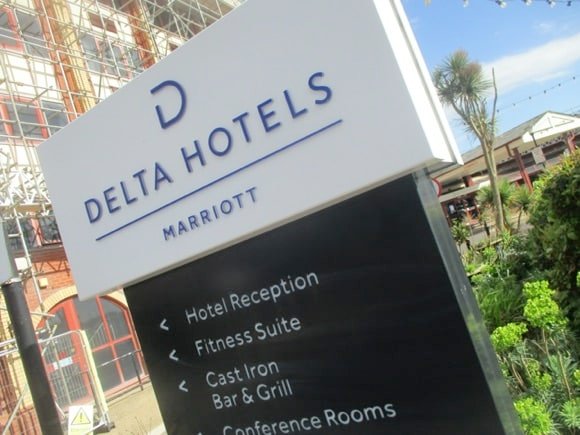
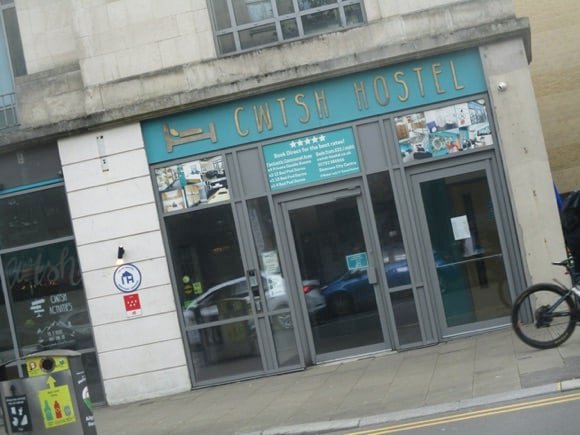
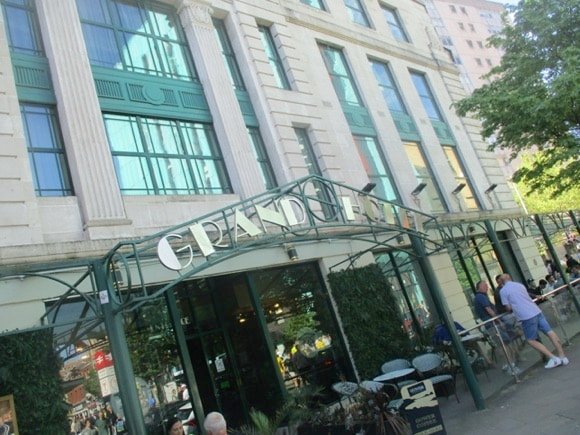
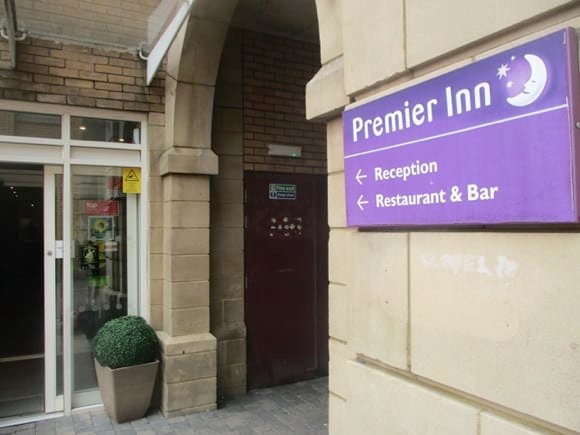
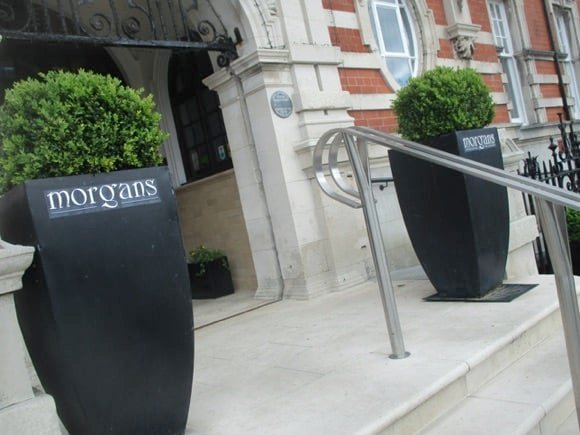
Visit Swansea Bay has a directory of local accommodation.
There are no hotels by the stadium. Conveniently set by the station, classic railway hotel The Grand has had a contemporary makeover and now features penthouse hot tubs. Sport is screened in its bistro/bar. Affordable chain, the Premier Inn Swansea City Centre, stands right in the bar hub of Wind Street.
Close by, the swish Cwtsh Hostel comprises comfortable dorms, some female-only, and private doubles, all with private facilities.
Also nearby, Morgans offers luxury rooms for discerning hotel guests, and afternoon teas and cocktails of the month for all. In a similar price range but more contemporary, the city-centre Dragon provides a heated pool, saunas and quality gym, plus free parking.
In the Maritime Quarter, the Marriott is now the Delta, still basking in waterfront views, from the guest rooms to the signature Cast Iron Bar & Grill restaurant.

